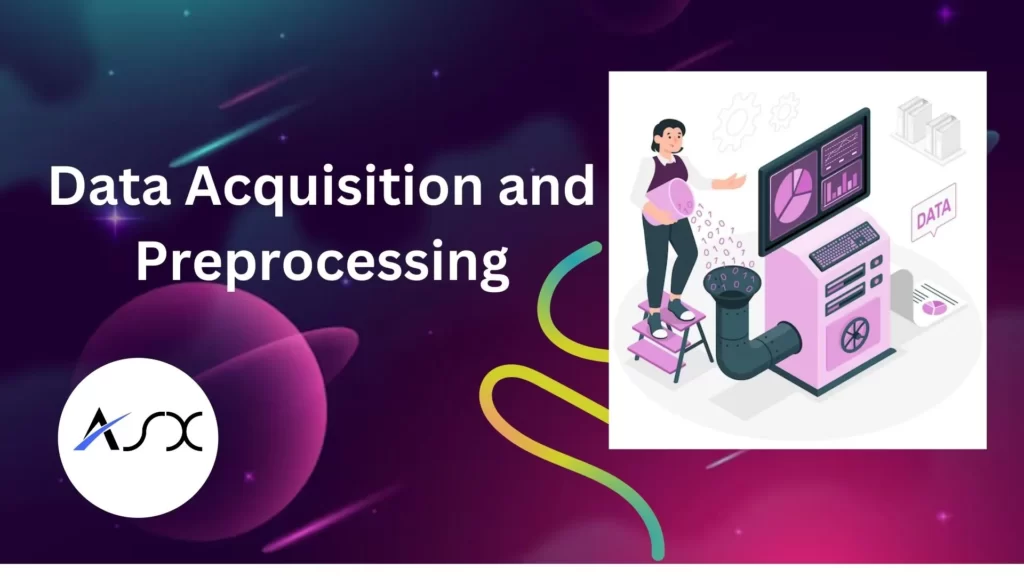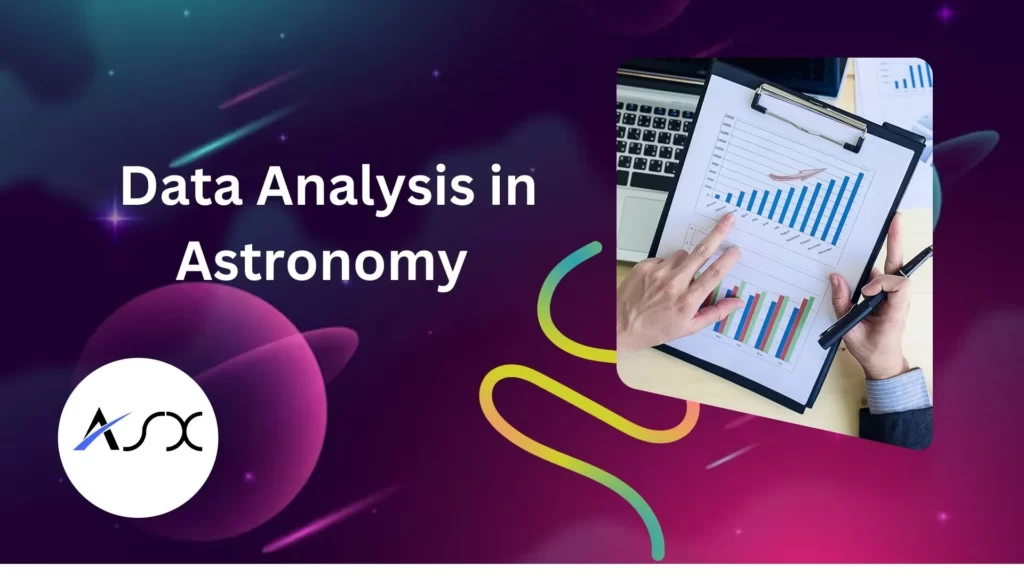Astronomy, the study of the universe beyond our terrestrial boundaries, has always been an alluring field of science. Yet, its vastness and complexity make the journey through the cosmos a daunting one.
Unveiling the Mysteries of the Cosmos: The Art of Data Analysis in Astronomy
Enter data analysis – the astrophysicist’s trusted companion and the key to deciphering the mysteries of the universe. In this article, we explore the intricate dance between data and discovery in the world of astronomy.
Astronomical Data: A Treasure Trove
Astronomy is all about data. Observations, light curves, spectra, images, and more – these are the raw materials from which we build our understanding of the cosmos. But the sheer volume of data generated by telescopes, space missions, and observatories can be overwhelming. This is where data analysis comes into play.
Python: The Astronomer's Swiss Army Knife
Python is a versatile programming language that has found its way into the heart of astronomers worldwide. Here are a few ways Python empowers astronomers to work their magic:
1. Data Acquisition and Preprocessing
The first step in any astronomical study is to acquire and prepare the data. Python’s libraries, such as NumPy and Pandas, help in collecting and transforming data efficiently. Whether you’re working with light curves from a distant star or spectra from a massive black hole, Python provides the tools to get the data ready for analysis.

2. Cleaning the Cosmic Dust
Astronomical data often contains anomalies and outliers. Python’s data analysis libraries are invaluable for cleaning and transforming the data. Through filtering and noise reduction, the data becomes more reliable, enabling astronomers to extract valuable information from the vast cosmic sea.

3. Spectral Analysis
Spectral data, which reveals the composition and temperature of celestial objects, is essential in astronomy. Python, with libraries like Astropy, provides astronomers with tools to analyze and interpret spectral data, leading to discoveries about the nature of stars, galaxies, and interstellar gas clouds.

4. Light Curve Analysis
The study of variable stars and transient phenomena often involves analyzing light curves. Python’s specialized libraries offer astronomers the ability to model and interpret these light curves, allowing us to uncover information about binary star systems, exoplanets, and more.

5. Imaging the Heavens
Astronomy isn’t just about numbers and spectra. Visual data, like images of galaxies or nebulae, is crucial for understanding the universe. Python, with libraries like OpenCV and Matplotlib, aids in enhancing, processing, and analyzing astronomical images, leading to breathtaking discoveries and stunning visuals of the cosmos.

Data analysis in astronomy is like peering through a cosmic kaleidoscope. The data, once processed and analyzed, reveals intricate patterns and hidden gems of the universe. Python, with its simplicity, versatility, and powerful scientific libraries, has become an essential tool for astronomers to decode the cosmic messages that have traveled across the universe to reach our telescopes.
As we study the birth and death of stars, explore the mysteries of dark matter, and peer into the depths of black holes, we owe much of our knowledge to the art of data analysis. It’s a reminder that the cosmos is an open book, and data analysis, in the hands of astronomers, is the key to unlocking its secrets.
So, whether you’re an aspiring astronomer or a data scientist intrigued by the mysteries of the universe, the cosmic journey awaits. Grab your telescope or Python interpreter, and let’s unravel the cosmos together.
Check Out Our Latest Blog on Famous impact craters on Earth
